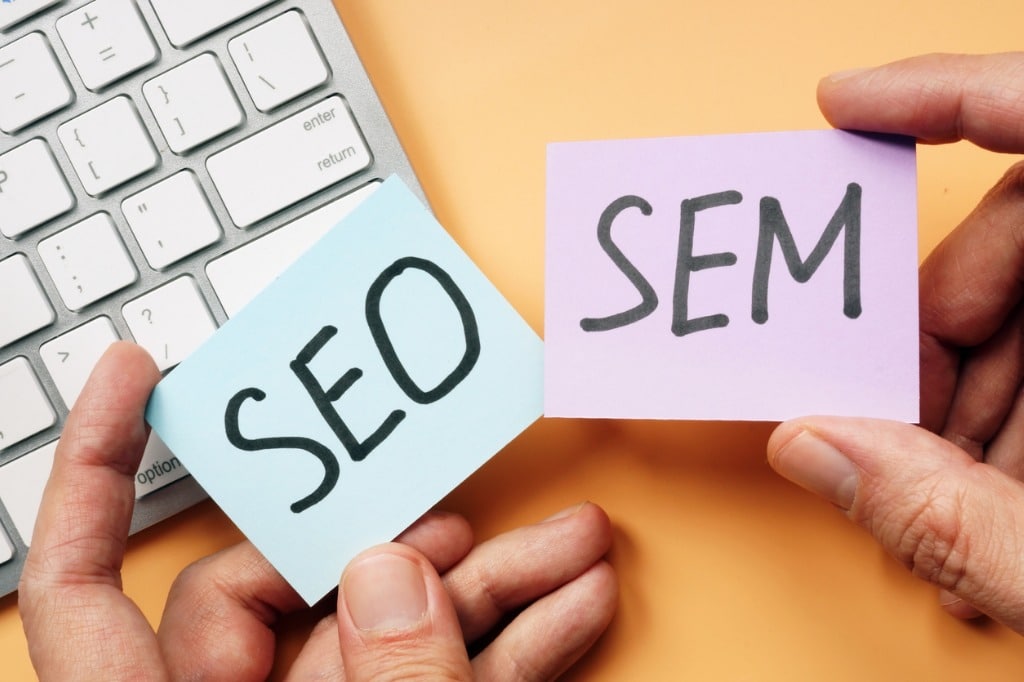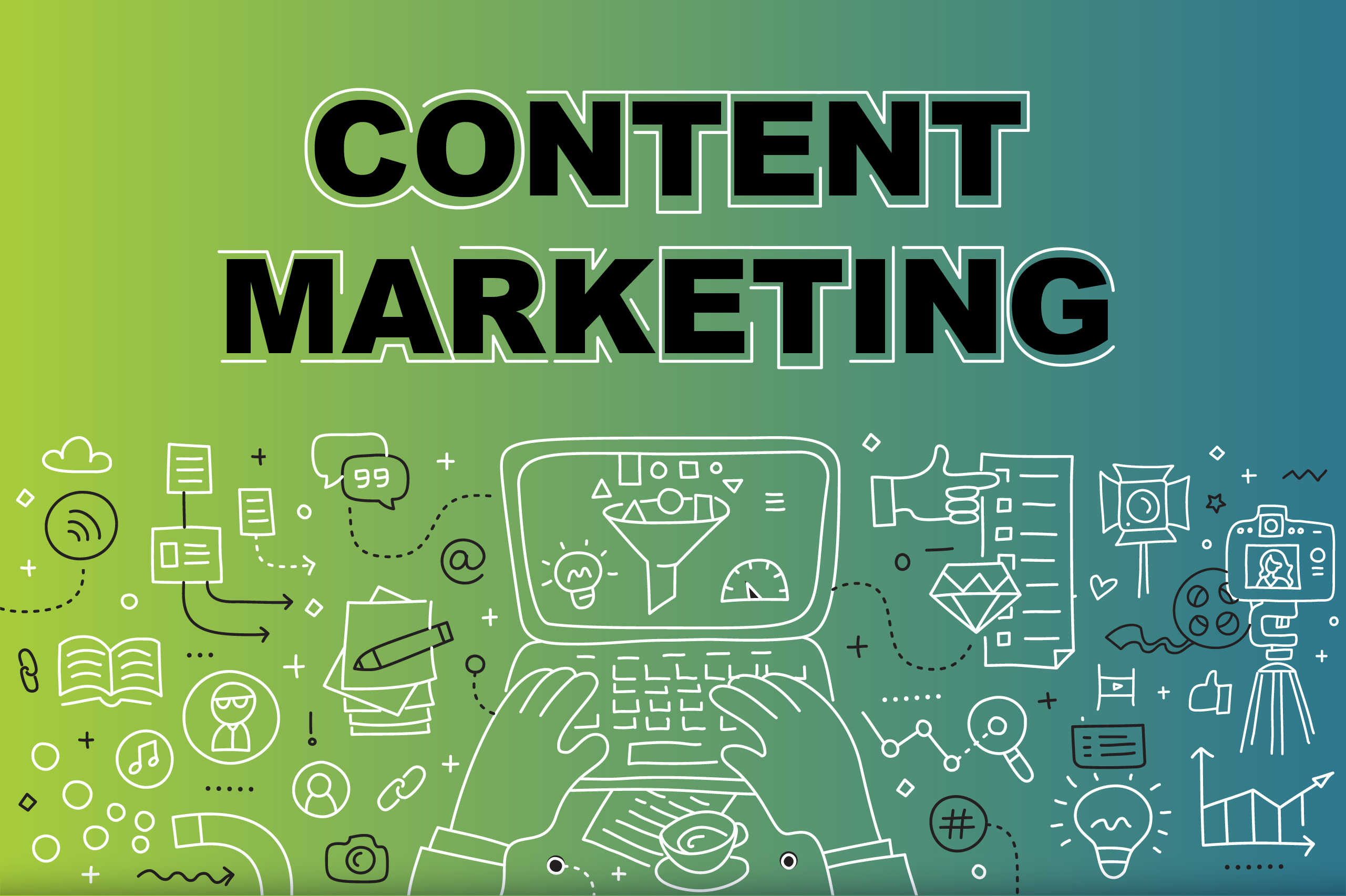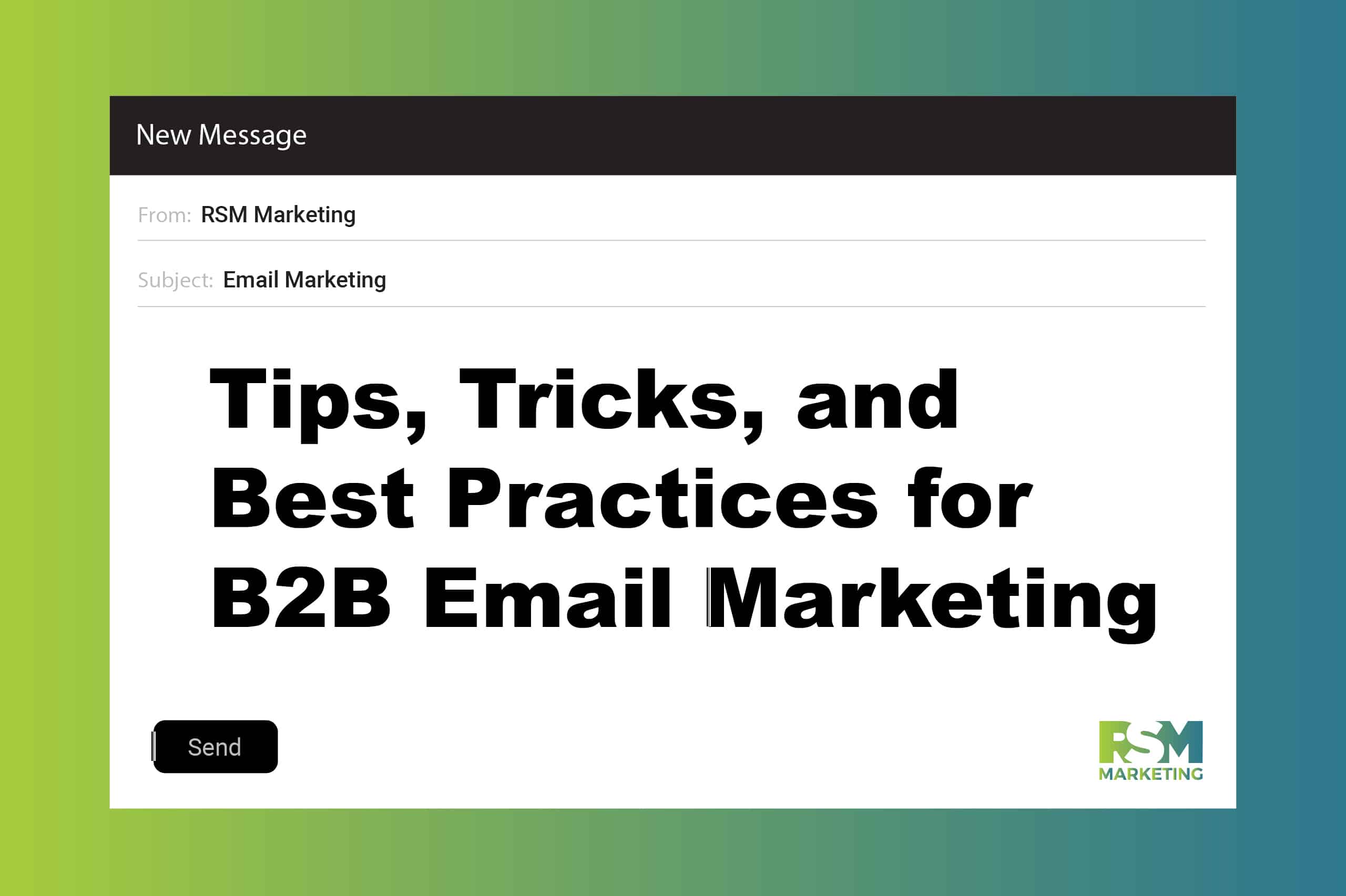Marketing Insights

Search engine marketing (SEM) and search engine optimization (SEO) are two things you have probably come across while trying to navigate the digital marketing world. You may have thought these were just fancy buzzwords, but that is definitely not the case. Although both of these strategies drive traffic to your site, they do it in very different ways.
It is important to know the differences between SEO and SEM so that you can create a strategy that drives the right kind of traffic to your site. Full disclosure: This post is full of acronyms, but don’t worry. We will help you make sense of it all!
SEM vs. SEO: The Main Difference
Before we really get into defining these two terms, we want to call attention to the crucial difference between these two aspects of digital marketing.
- SEO Generates FREE web traffic with on- and off-page optimization.
- SEM Generates website traffic using PAID search engine results page (SERP) ads.
Right now, you are probably thinking one of two things.
1.) Why would I even mess with SEO if I can pay for a spot on Google? or
2.) Why would I pay for something that I can get for free? Interestingly enough, SEO and SEM both have a place in your digital marketing strategy. You should use both if you want to generate the most traffic.
How SEO and SEM Work Together
The reason why you can’t have one search marketing strategy without the other is that they are intended for users who are at different points of the sales funnel. SEM is for people who are ready to buy. They are searching for something specific, and your pay-per-click (PPC) ads should target them.
On the other hand, SEO brings users who are at the earlier stages of the sales funnel to your site. Using specific keywords for on-page optimized content draws users in from Google who are conducting product research and seeing which brands they can trust.
Search Engine Marketing (SEM)
SEM is a PAID form of search marketing. You create and optimize ads; then, you pay for the placement of those ads. Google Ads (formerly called Google AdWords) is the most popular proprietor when it comes to paid search strategy.
How you carry out an effective SEM strategy is by conducting keyword research and creating campaigns that target the best keywords for your industry, products, or services. When users search for your chosen keywords, they see the custom ads that you made at the top or bottom of the first SERP page. You are then charged a predefined amount every time a user clicks on your ad.
Why SEM Works
PPC ads are an effective (and sometimes expensive) way to get your company’s product or service in front of customers when they are ready to buy. According to Techjury, 65% of customers click on Google Ads.
Some PPC ads are small and text only. Others, such as product listing ads (PLAs) are visual, product-based advertisements that allow searchers to see important information, such as price, reviews, and a product description.
65% of customers click on ads when they are ready to purchase
To achieve the best results with paid ads, we suggest you be very specific about what you want to promote and lead the customer directly to a product or service page on your site. For example, if you own a craft supply store, instead of just promoting ‘craft supplies,’ put together ads that promote a specific brand of paint or brush type. The keyword research may be a bit more tedious, but you will have higher conversion rates because you are promoting exactly what users are searching for.
How to Get into the PPC Ad Game
Now, how do you get a PPC ad? We are glad you asked. As we said before, you need to perform keyword research. Find out what keywords you want to target and bid on them through Google Ads. Google has a great resource that discusses how ad bidding works.
That’s right. It is basically an auction… but with less yelling and more typing! Keep in mind that, once your ad is live, you will pay for every click it receives. Most ads cost around $1-2 per click, but the most expensive ads can get up to $50 per click.
According to Webbiquity, the financial services, legal, and retail industries spend the most money on PPC advertising.
Search Engine Optimization (SEO)
As we said earlier, SEO is a strategy that drives organic traffic to your site for FREE. SEO uses a series of on- and off-page (sometimes referred to as on-/off-site) elements that improve your Google rankings. Now, although it is technically free, optimizing your on- and off-page SEO is labor-intensive, constantly changing, and just plain confusing sometimes. Sometimes, it’s best to hire a professional to create and execute an SEO strategy for you.
On-Page SEO
On-page, SEO alters different parts of your website that affect your search engine rankings. Here are some easy ways you can optimize your website for Google.
- Create LOTS of well-written and helpful content, including service pages and blog posts.
- Use headings in your content (H1s for titles, H2s for headings, H3s for subheadings).
- Write effective meta titles (also called title tags) and meta descriptions for your pages.
- Create a web of internal links to funnel searchers to different parts of your website.
- Optimize your images to keep your page speed snappy.
Off-Page SEO
Off-page SEO includes things that are (kind of) out of your control. This is when a company or person finds your content valuable and shares it with others or uses it as a reference. Off-page SEO includes the following.
- Link building
- Social media
- Guest posting
- Reviews
- Content syndication
Why SEO Works
The first thing to note is that SEO only “works” if you do it correctly. The hardest part about SEO is that it isn’t an exact science. SEO is always changing because it’s based on algorithms set up by search engines to give people the best results. Google alone changes (or “improves”) its search algorithms hundreds to thousands of times every year. Take a look at this history of major Google algorithm changes over the last several years.
SEO works if you follow the rules of Google. If you follow the SEO best practices, create quality content, provide a great user experience, and don’t try to trick the system, SEO will work for you and improve your Google ranking organically.
Improving Your Google Ranking Organically Is Crucial!
You want to establish your website as an industry authority and build trust with Google so that they improve your ranking and send more searchers to your site. It is all about getting your brand, product, or service in front of as many eyes as possible by adding relevant content to your site and improving the user experience.
We are going to go back to our craft store example to show you why SEO is important to your bottom line. Let’s say you wrote a blog post for your site about holiday crafts you can do with your kids. Someone out there in the internet world is searching for this type of content and clicks your post because it shows up pretty high on the SERP. They click your post and like what you have written. You linked specific products you sell for each craft project, and they end up filling their cart. BOOM! You just got a sale. That is why SEO matters so much.
SEO and SEM sound like pains, huh? They are… but we can help with that! If you are interested in outsourcing your search engine optimization or PPC management, contact the experts at RSM Marketing. We will develop a comprehensive and actionable digital marketing strategy for your business.
Want Some Help?
That’s what we’re here for! Whether you need some guidance on moving in the right direction or a whole lot of marketing muscle—the experts at RSM Marketing can make it happen.
Start with a simple conversation! Complete the form and one of our team members will be in touch.




